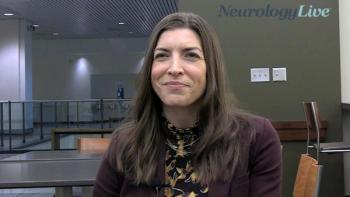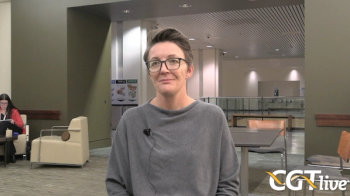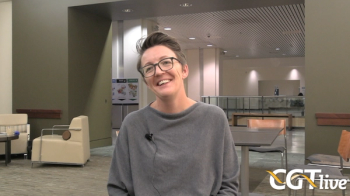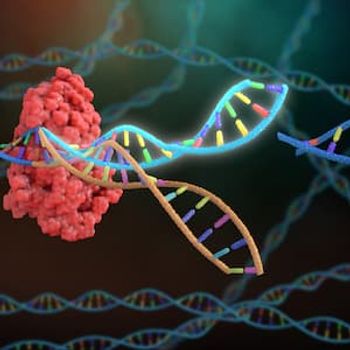
Confirming the Safety of Pfizer's Hemophilia B Gene Therapy Beqvez
Ben Samelson-Jones, MD, PhD, the associate director of clinical in vivo gene therapy at Children’s Hospital of Philadelphia, discussed follow-up data of up to 6 years with investigations of fidanacogene elaparvovec.
Pfizer's fidanacogene elaparvovec (marketed as Beqvez) is an adeno-associated virus (AAV) vector-based gene therapy approved by the FDA for the treatment of hemophilia B. At at the
At the conference, CGTLive®'s sister site, HCPLive®, interviewed Samelson-Jones about the new findings. HCPLive also asked him about the reasons behind the slow uptake of FDA-approved hemophilia gene therapy products in general.
HCPLive: Can you discuss the safety seen in fidanacogene elaparvovec trials?
Ben Samelson-Jones, MD, PhD: I'm really excited to be presenting a long-term aggregate safety analysis from both the phase 1/2 and the phase 3, the latter of which was recently published in the New England Journal a couple of months ago. This is really combining both those cohorts, 15 patients in the phase 1/2 and 45 patients in the phase 3 and looking at the safety data.
The take home is that in the follow-up that was about 3 years for the phase 3 and almost 6 years now for the phase 1/2, there was no thrombotic complications, there were no factor IX inhibitors, and there were no malignancies. The analysis separated the first year after vector administration from the subsequent follow-up years. Most patients in the first year did have adverse events. Most were mild and not related to the vector. One adverse event of special interest was infusion reactions, and none of the subjects had infusion reactions associated with the infusion of the product.
There were 5 serious adverse events in the first year. In 2 subjects, each had a gastrointestinal (GI) ulcer and associated bleeding and anemia, both probably secondary to steroids that were prescribed without gastric protection. I think that's an important lesson for people thinking about using Beqvez as a licensed product, that if patients need to go on steroids, it's prudent to start them on GI protection, and that's been my practice for all steroid use after gene therapy.
It should be very reassuring that there's nothing unexpected. I think the story of AAV-based gene therapy for hemophilia over the last 3 decades has been surprises. And I think what this is should be reassuring, that there's nothing has popped up that it that is of concern.
What unique challenges does gene therapy uptake and access face in the field?
It's different than any other drug and the therapeutic decision for the patient is different. This is a one-time treatment, and this is true for Beqvez and true for any of the other approved [gene therapy products]. That therapeutic decision is different, but also at the institutional level it's different. When something costs several million dollars, the systems, processes, and approvals take longer. I think there's a lag time for gene therapy for hemophilia that has not been observed for other drugs, but I think a lot of it has to do with just the logistics of being able to prescribe and then administer and get the proper approvals to do it. Anecdotally, we treated our first patient with a licensed vector about 6 months ago and I've talked to a number of other providers in the Northeast, and they've also ticked up. I think that's going to probably continue for a little while. I think there's been a potential misconception using the metric of other new drugs, how rapidly the uptake is, and I don't think it's a good comparison, just because of the logistics of getting everything in place to do this totally new type of medication.
This transcript has been edited for clarity.
REFERENCE
Samelson-Jones B, Frenzel L, Kavakli K, et al. Use of Fidanacogene Elaparvovec, a Gene Therapy Vector, to Deliver a Stable, Fully Functional Human Factor IX Transgene for the Treatment of Hemophilia B: A Combined Analysis of Safety. Presented at: ASH Annual meeting; December 7-10; San Diego, California. Abstract #3577
Newsletter
Stay at the forefront of cutting-edge science with CGT—your direct line to expert insights, breakthrough data, and real-time coverage of the latest advancements in cell and gene therapy.










































